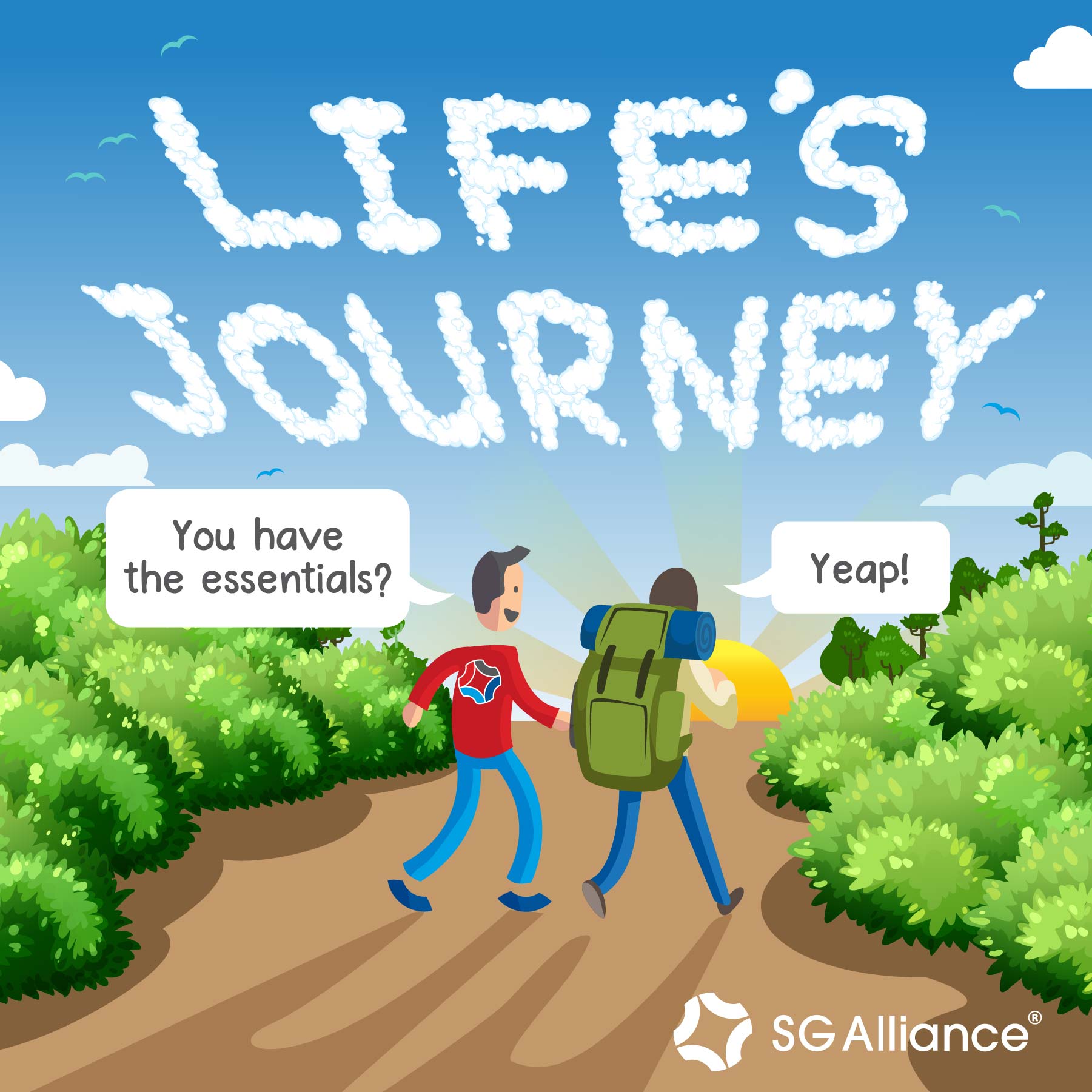
Buying insurance is not an option these days. It’s a responsibility. It’s an act that reflects your acknowledgement that life comes with risks as much as it does rewards. These risks must be managed by getting the right coverage you need to protect yourself, your loved ones and your future within your means. Here is my opinion of the top three types of insurance coverage for millennials who are new in the workforce.
IPs provide additional private hospitalisation insurance that complements MediShield Life (run by the CPF Board). When you buy it when healthy, you are least prone to exclusions and higher premiums from pre-existing medical conditions.
Why spend more money buying an IP when all Singaporeans are already covered by MediShield Life? While the government-issued health insurance is affordable, it provides only basic medical coverage.
An IP gives you options to seek medical treatment at either private or public hospitals, and a choice of various ward classes to suit your medical needs, personal preferences and budget.
Tip on Buying IP policies: Get an additional rider to cater for deductibles and co-insurance.
Riders are optional add-ons that can be purchased to provide extra benefits or protection on top of the base policy. Riders are important because IPs in Singapore will not be covering 100% of your hospitalisation costs. Before you can make a claim, you have to pay for (1) a lump sum deductible and (2) co-insurance (or co-payment). These cost-sharing measures encourage personal accountability and prevent healthcare costs from spiralling out of control.
IP riders help to keep your out-of-pocket costs as low as possible by minimising the deductible and the co-insurance portion of your hospital bill.
Riders provide more tailored protection (at a cost) to meet the individual needs of the policyholder. Get a seasoned Financial Consultant to explain some detailed examples based on your personal circumstances to help you make an informed decision.
to complement the government’s CareShield Life programme.
Disability income insurance provides a payout when an illness or accident prevents us from going to work temporarily or permanently. This buffers the sudden loss of income and allows us to focus on recovery.
CareShield Life1 is a long-term care insurance scheme launched in 2020. It provides basic financial support should Singaporeans become severely disabled, especially during old age, and need personal and medical care for a prolonged period. Although anyone born after 1980 will be automatically enrolled in CareShield Life once they turn 30, this government-mandated scheme only provides a basic payout that is unlikely to cover the entire cost of living.
How is any of this relevant to millennials in the prime of their lives? The answer is simple: the earlier you start, the lower the premium (i.e. less financial pain).
1 in 2 healthy Singaporeans aged 65 could eventually need long-term care resulting from sudden illness (e.g. stroke), worsening chronic illness (e.g. diabetes) or other debilitating conditions often associated with ageing (e.g.dementia)2. Long-term care is financially painful. A long-term disability supplement can fill the gap and give greater peace of mind.
There is a common misconception that income protection insurance is something that only those working in high-risk industries like mining and construction need. While those jobs do carry a higher workplace risk, disability may arise from many unexpected causes such as accident or illness which do not discriminate.
Good news: CPF Medisave can be used to pay for the premium of income protection insurance. Since CPF contributions are mandatory once you start work, this optimises the enforced savings (i.e. no or minimal out-of-pocket expense) while providing a sustained payout should the need ever arise.
Such insurance policy provides the policyholder with an upfront, lump sum payout should any mishap occur that leaves the policyholder permanently incapable of working to earn a living. It is most often tied to a life or term insurance policy.
How is this different from the long-term disability income supplement we just discussed? Long-term disability income supplement provides a payout over the period of disability and stops once the policyholder has recovered well enough to resume work. An income replacement plan with TPD and CI coverage is a lump sum, upfront payout that should partially cover one’s medical and lifestyle expenses.
Be aware though that the payout for TPD is rather strict. To complicate matters, different policies use different definitions of “disability”. The payout figures are also highly personal as TPD is often pegged to life and term insurance plans. Find a trusted financial consultant to compare the definitions from different insurance companies then crunch the figures based on your personal circumstances. It will be easier to understand when you can see clearly the level of commitment required and the benefits you will get in return.
First insured, best covered
Looking after one’s financial health is a lifelong exercise. SG Alliance has a platform of dynamic content and digital tools that provide you error-free, secure and seamless online insurance submissions. Let us do the hard work shortlisting the products right for you from our growing list of industry-leading insurance partners. Share your concerns and aspirations with our Financial Consultants experienced in helping young adults map out their finances and walk the journey together.
Stay tuned for Winston’s final article in this 3-part series entitled: Should Millennials Insure or Invest First?
1Source: CareShield Life, https://www.careshieldlife.gov.sg/careshield-life/about-careshield-life.html
2Source: CareShield Life, https://www.careshieldlife.gov.sg/long-term-care/planning-ahead.html
